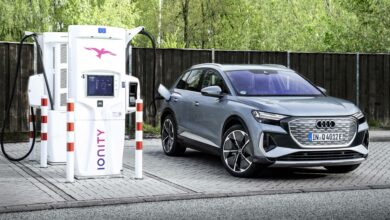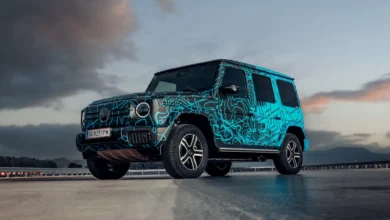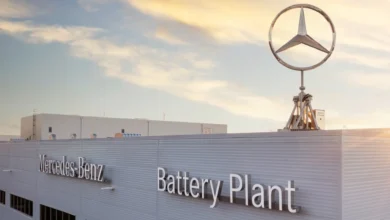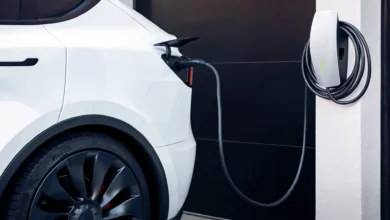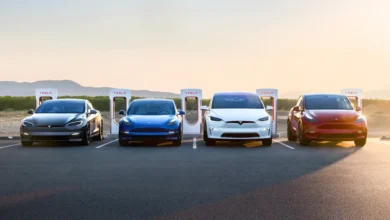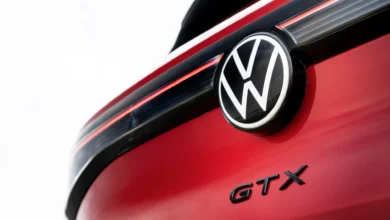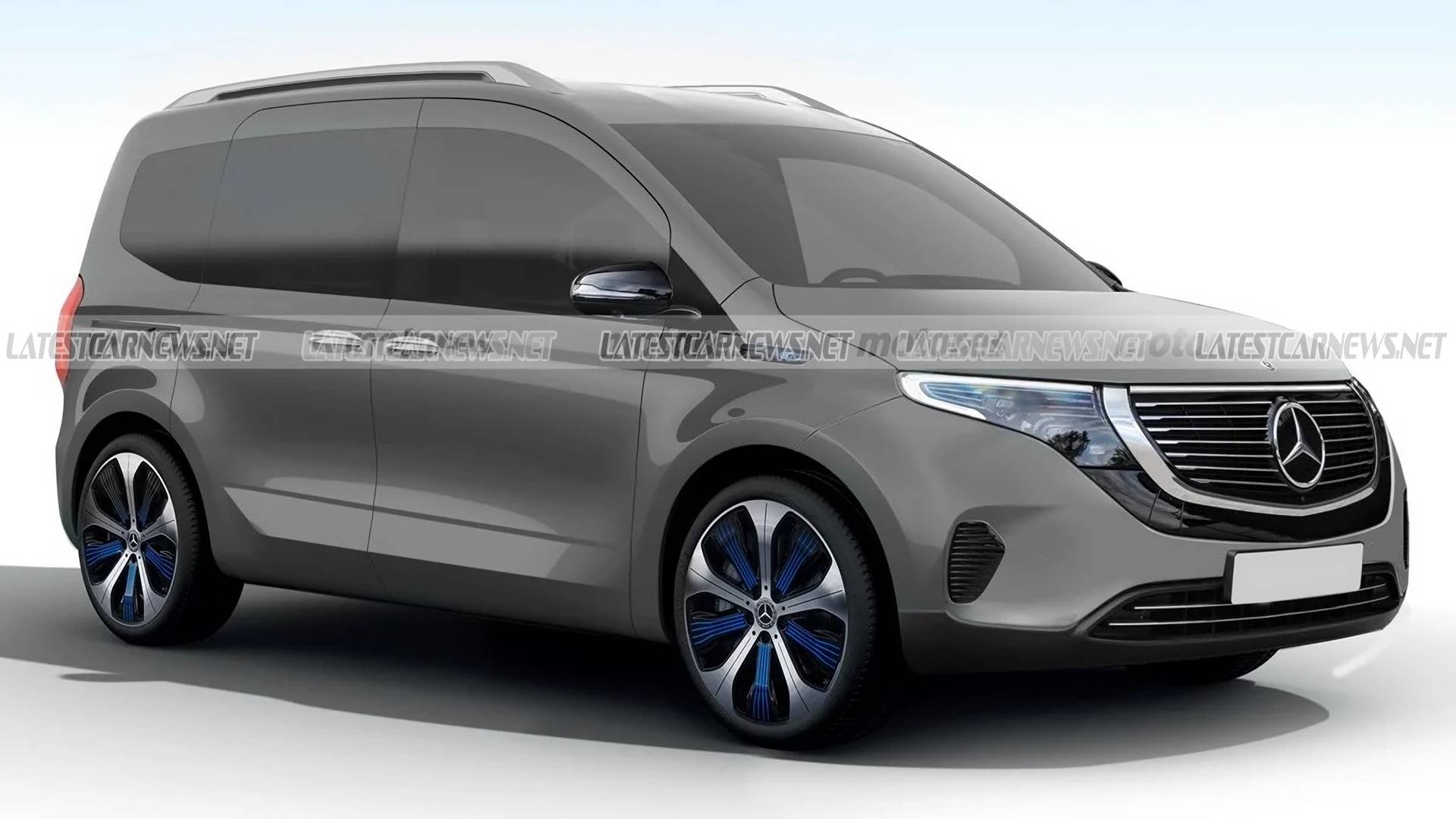
A few months ago, Mercedes-Benz introduced the second generation of its small van, the Citan. As with the previous generation, it is a joint development with the Renault-Nissan-Mitsubishi Alliance; In fact, the new Renault Kangoo and Nissan Townstar are broadly the same models.
Although the Citan is available in cargo ( Citan Furgón ) and passenger ( Citan Tourer ) versions, it will also have a luxury version called T-Class, which will be more focused on private customers. This scheme is not a novelty within Mercedes-Benz Vans, as the medium Vito van also has a high-standing variant called Class V.
On the other hand, the Citan will also enjoy an electric version, the eCitan . With this model, Mercedes-Benz has completed its lineup of electric vans, which now include the Citan, eVito and eSprinter. As with the Citan/Class T, the eCitan will have a luxury sister named EQT. Again, this differentiation strategy is similar to the one followed with the eVito/EQV.
While the eCitan belongs to the Mercedes-Benz family of commercial vehicles, the EQT will fit into the EQ range of electric passenger cars, where the EQV currently coexists with both SUVs (EQA, EQB, EQC) and sedans (EQE, EQS), establishing itself as the most practical and familiar alternative to the star firm’s zero-emission offer.
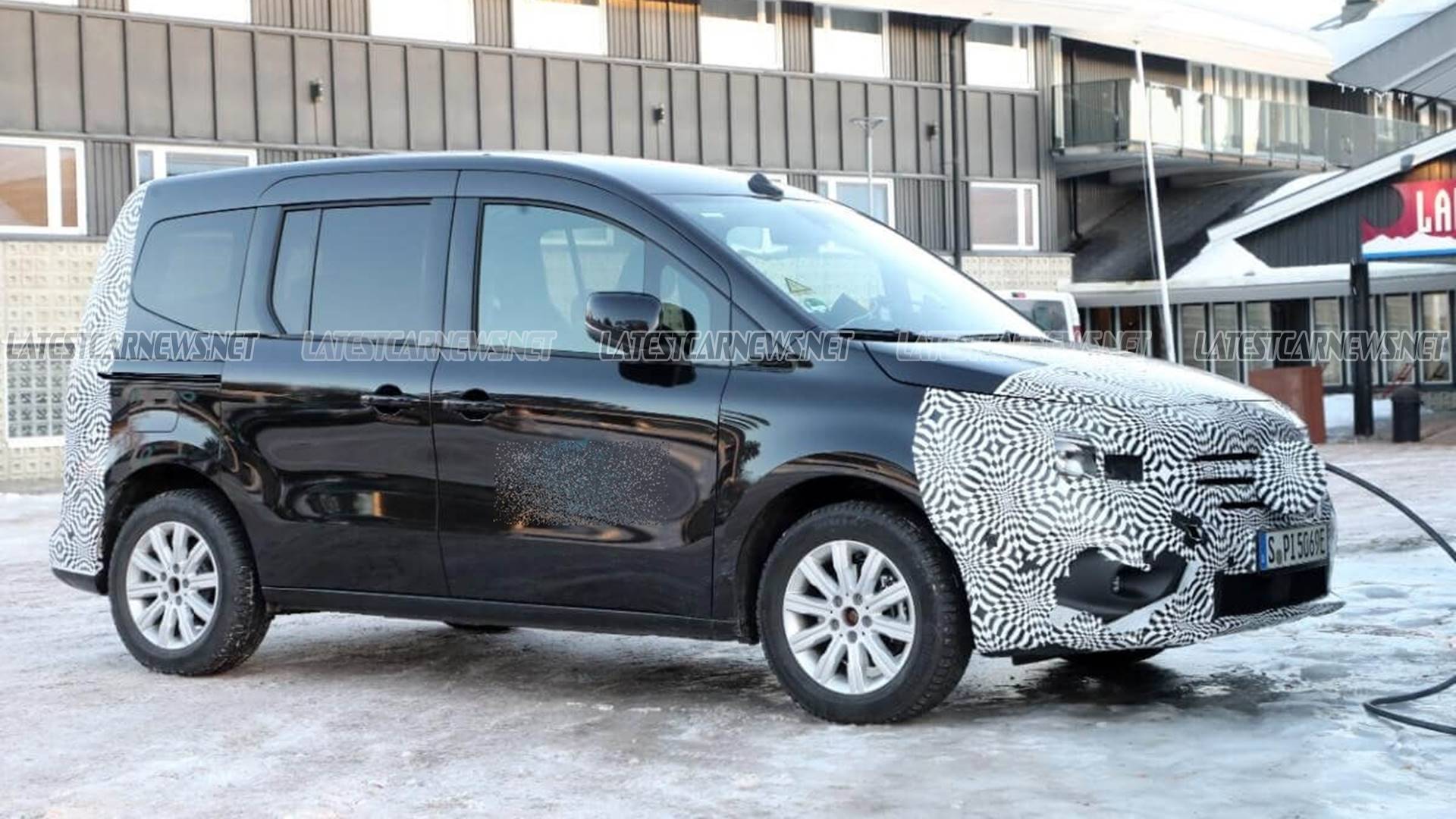
The Mercedes-Benz EQT will be the sister of the Renault Kangoo E-TECH Electric
Although the eCitan was introduced a few months ago, the EQT has not yet seen the light of day; In fact, Mercedes-Benz continues with its development tests in Lapland, where several units have been sighted, still undercover. Although the monocoque will be shared with its commercial sister, the EQT will mark distances thanks to redesigned headlamps to adopt the visual identity of the EQ range.
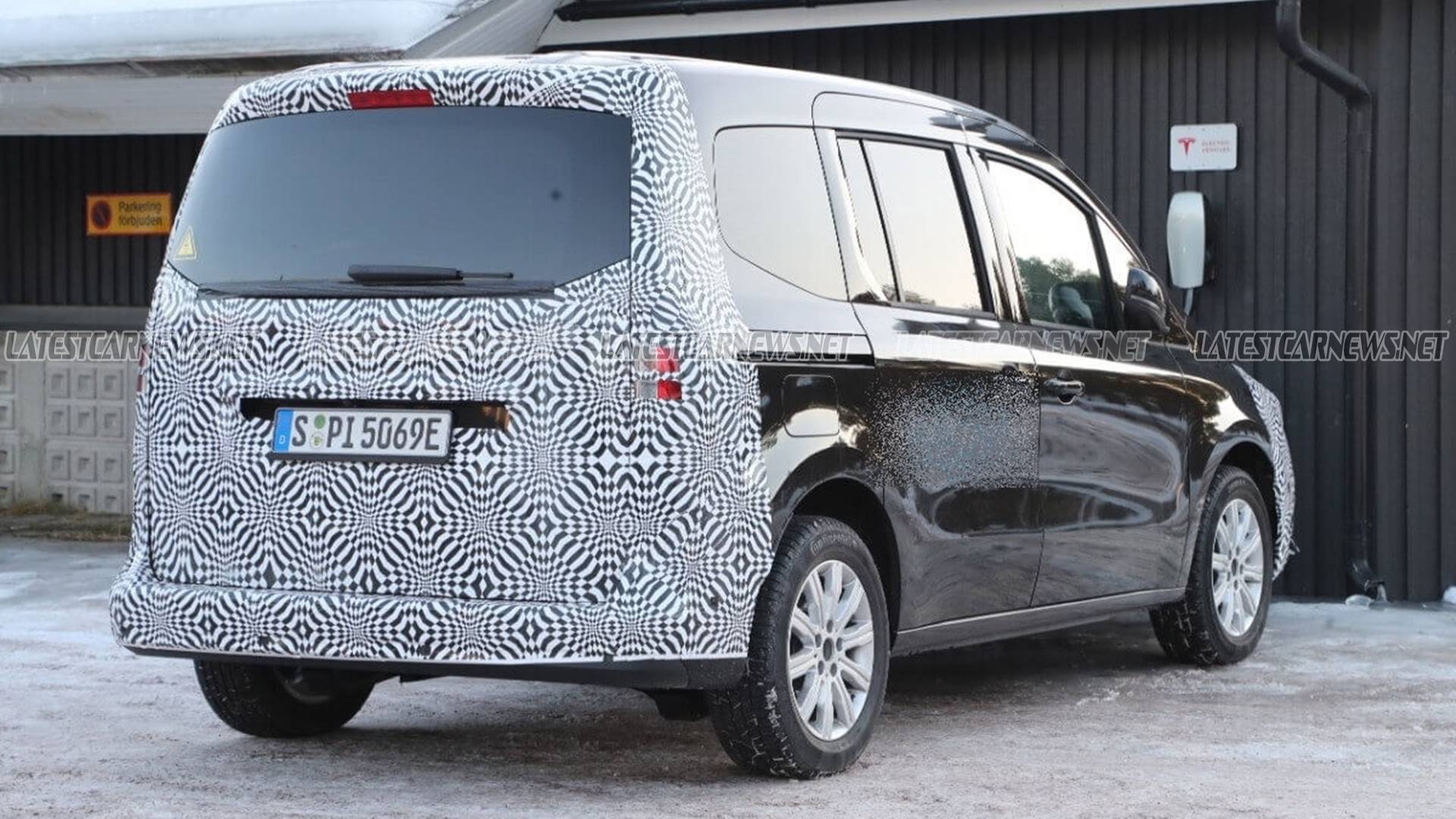
On a technical level, there should be no big news regarding the eCitan, which incorporates a 102 hp (75 kW) and 245 Nm engine that allows it to reach a top speed of 130 km/h. The battery pack for its part has a capacity of 44 kWh, enough to approve a maximum autonomy of 285 km under the WLTP cycle.
As for charging, the eCitan reaches about 11 kW of three-phase power (4.5 hours to charge 100%), although it optionally has a 22 kW charger (2 hours to charge 100%). On the other hand, it supports up to 75 kW in direct current (40 minutes to charge from 10 to 80%) optionally ( fast charging is probably standing on the EQT ).
